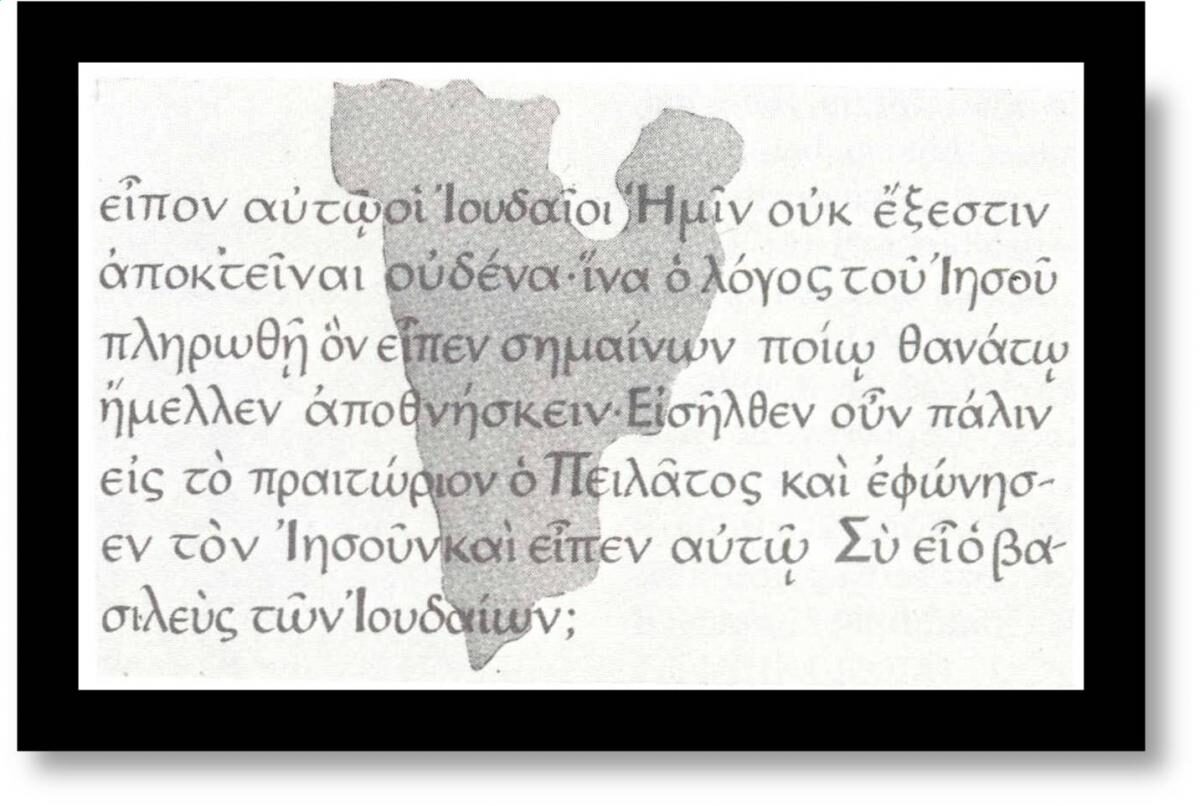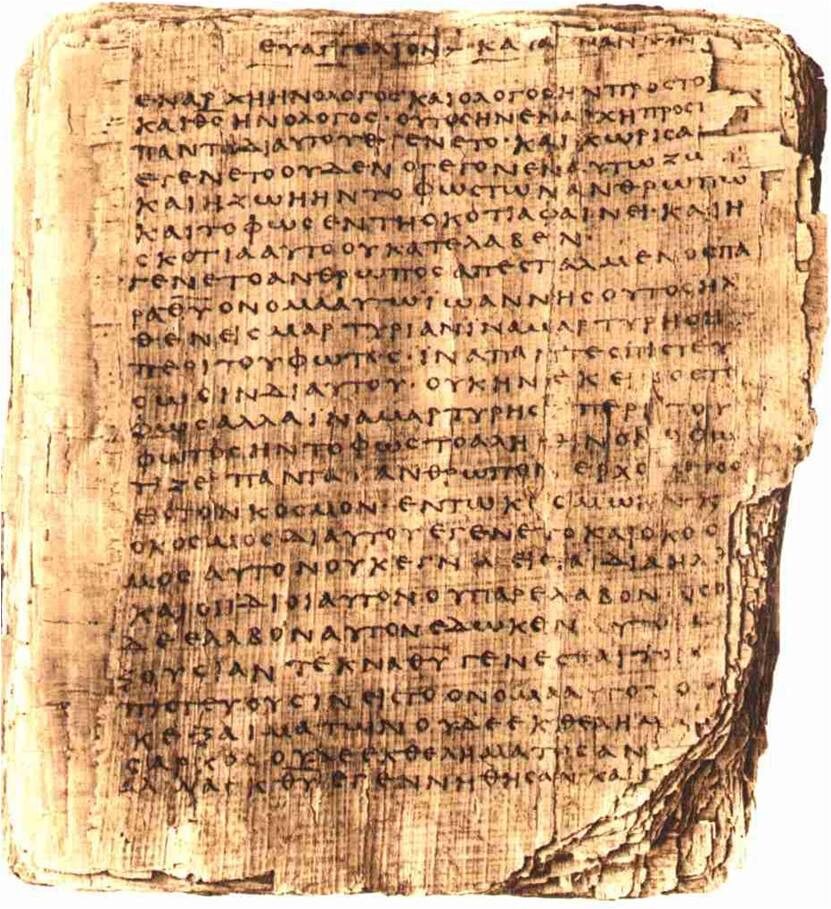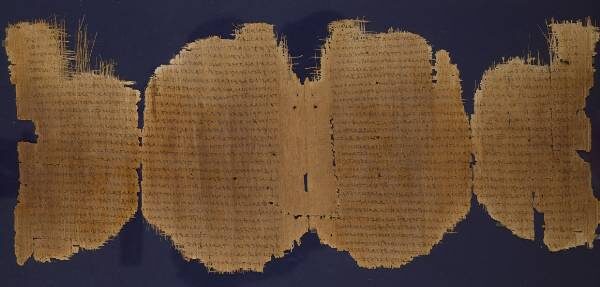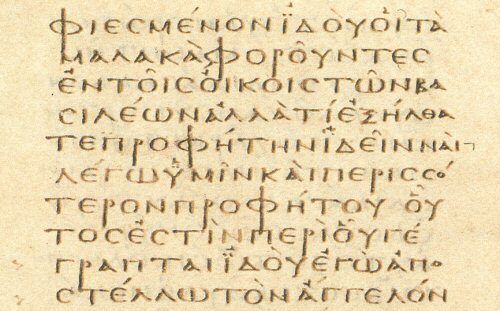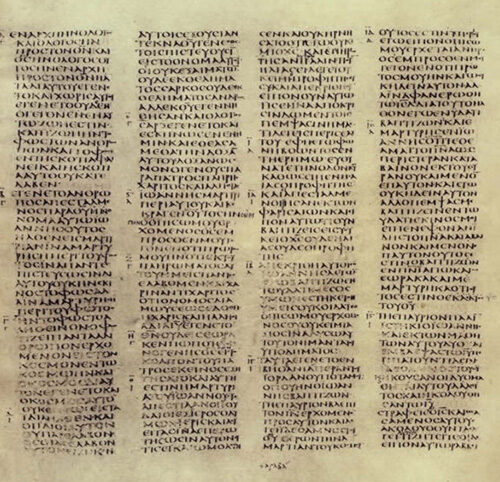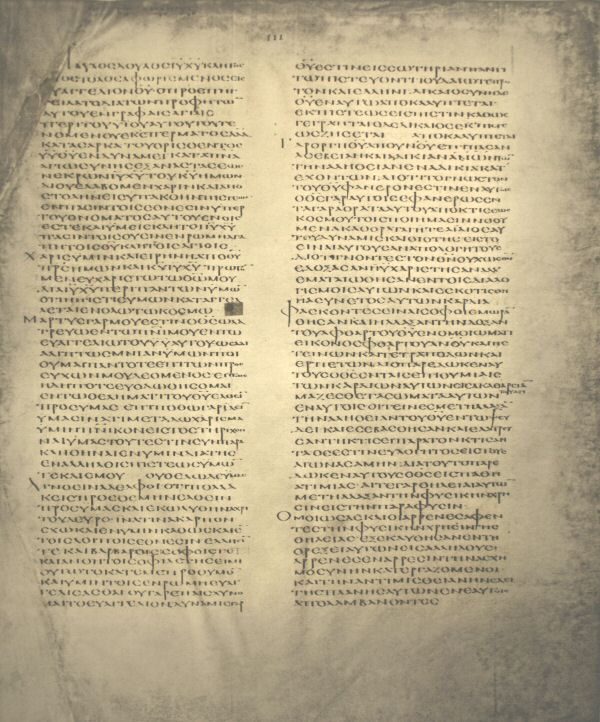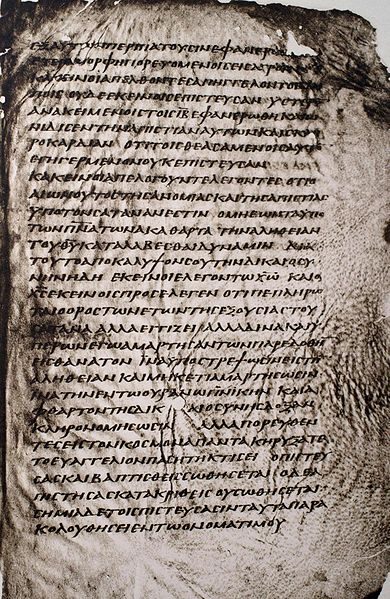New Testament: As for the New Testament; we have more manuscripts and earlier manuscripts which have been more accurately copied than any other book from antiquity. We have circa 5,700 Greek manuscripts which total circa 24,000 when we include other languages such as Latin, Ethiopic, Slavic, Armenian, Syriac Pashetta, Bohairic, Arabic, Old Latin, Anglo Saxon, Gothic, Sogdian, Old Syriac, Persian and Frankish.
Most other books from around the New Testament era have an average of 10-20 manuscripts. The one that comes second to the New Testament is Homer’s Iliad for which we have 643 manuscripts. The New Testament is far and away even from the one that comes in second—it is not a close second as the difference is some 23,357 manuscripts. Some examples of New Testament manuscripts are:
John Ryland (p52) dating from 117 AD.
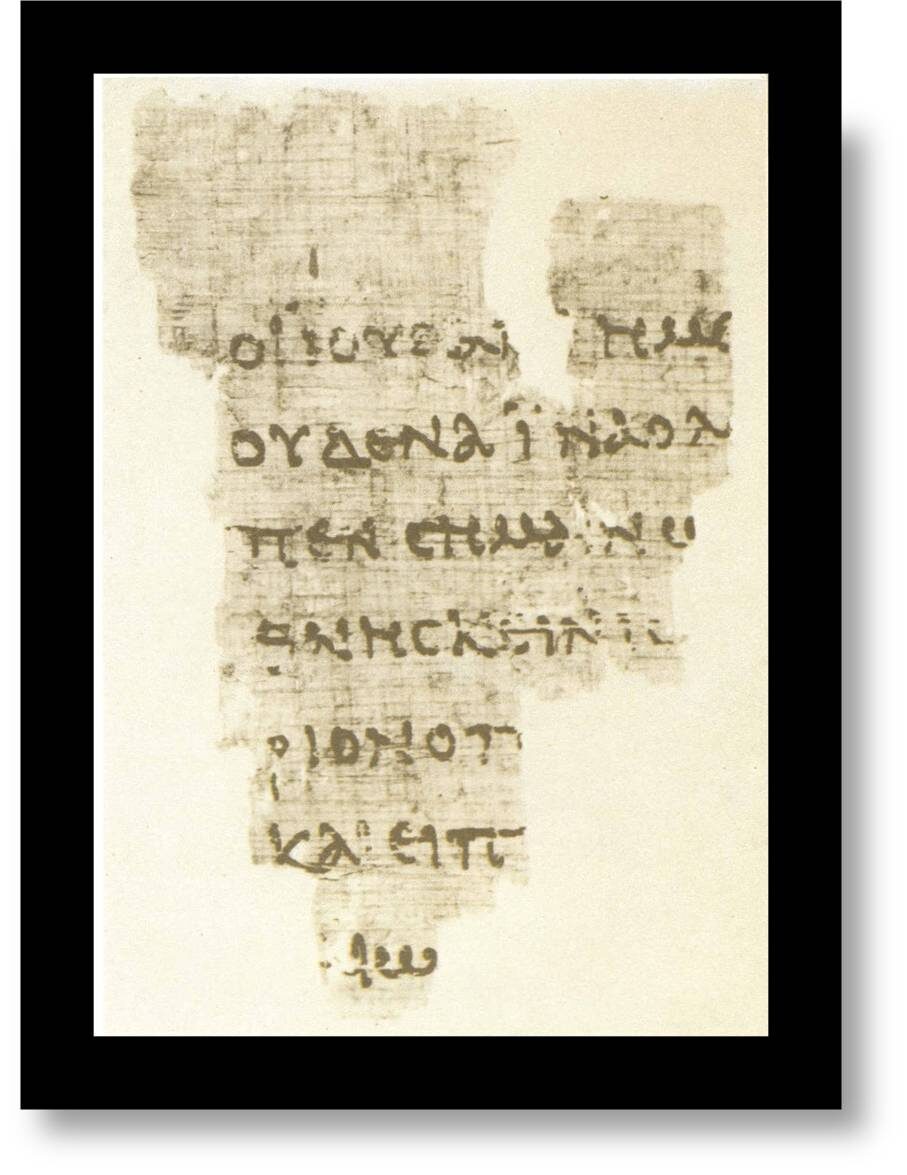
Bodmer Papyri (p66) dating from 200 AD.
Chester Beatty (p45) dating from 250 AD.
Codex Vaticanus dating from 325-350 AD.
Codex Sinaiticus dating from 340 AD.
Codex Alexandrinus dating from 440 AD.
Codex Washingtonianus (aka Freer Codex) dated from 300s-400s AD.
Any discussion of the New Testament must at least mention the variants which personages such as Bart Ehrman have popularized even whilst overdramatizing their numbers and significance—their quantify and quality. One of Ehrman’s quips is that “There are more variances among our manuscripts than there are words in the New Testament” (find essays about Bart Ehrman at this link).
The manner in which variants are counted, and exponentially compounded, is as follows: imagine that there is a family of manuscripts from Colossi which numbers 4,000 and which each have one misspelling in a certain book, chapter and verse. Even though there is one single variant it is counted as 4,000 variants because it occurs in each manuscript. This is how relatively few variants end up being counted as hundreds of thousands.
Note that Philip Schaff; theologian and historian, estimated that of the 150,000 known variants only 400 affected the sense of the text in which they appear, of those only 50 were of real significance, and of these not one affected any Christian doctrine. This was during Shaff’s time 1819-1893 AD and yet, the fact remains that even today no Christian doctrines are affected.
Brooke Foss Westcott (1825–1901); theologian, professor, textual critic and bishop, and Fenton John Anthony Hort (1828–1892); theologian and textual critic, estimated that only about one-sixtieth rise above trivialities that could be called substantial variations which would put the New Testament at 98.33% pure.
Ezra Abbott; professor of New Testament criticism and interpretation, concluded that circa 9/20 (95%) of the readings are various and not rival readings and about 9/20 (95%) of the rest make no real difference in the sense of the passage which would put the New Testament at 99.75% pure.
Archibald T. Robertson; professor and Greek scholar, said that “The real concern is with a thousandth part of the entire text” which would put the New Testament at 99.9 % free from real concern.
A note about the families of manuscripts: these are groups of manuscripts from various cities. For example, when Paul wrote a letter to Corinth those in Colossi may have requested a copy and those in Ephesus may have done likewise. Now, those in Corinth, Colossi and Ephesus would make copies and copies and copies of copies. Now, let us imagine that there was a conspiracy in Colossi whereby a group of people sought to purposefully change the text or, there was simply a huge mistake made in copying which caused some major changes in substance/theology. Even if all of the copies in Colossi were changed we would have the other families of manuscripts that were not affected and we could corroborate them all and discern the corruption/error.
Sir Frederick Kenyon; manuscript expert (Bible and Archaeology, p. 288):
The interval between the dates of original composition and the earliest extant evidence becomes so small as to be in fact negligible, and the last foundation for any doubt that the Scriptures have come down substantially as they were written has now been removed. Both the authenticity and the general integrity of the books of the New Testament may be regarded as finally established.
The bottom line is that for the New Testament we have more manuscripts, earlier manuscripts and more accurately copied manuscripts than any other book from the ancient world and if we cannot trust the New Testament, then you cannot trust any ancient book.
Consider the early dates for the authorship of the New Testament as, for example, we can date the Book of Acts by 62 AD due to the following:
1. No reference to the fall of Jerusalem: 70 AD. 2. No reference to the Jewish Wars: 66 AD. 3. No reference to Nero’s persecutions: 65 AD. 4. Apostle Paul is still alive: 65 AD.
5. Apostle James is still alive: 62 AD (Josephus recorded James’ death at 62 AD in Antiquities, 20.9.1)
Now, note that Luke was written before Acts (by 61 AD) and that Matthew and Mark were written before Luke (by 60 AD).
Bishop John A. T. Robinson; liberal theologian sometimes referred to as a Death of God theologian (Redating the New Testament, pp. 352-354) dated the New Testament as follows:
Matthew: 40-60+ AD. Mark: 45-60+ AD. Luke: 57-60+ AD.
John: 40-65+ AD.
A. N. Sherwin-White; historian fellow of various societies and president of the Society for Promotion of Roman Studies (Roman Society and Roman Law in the New Testament, p. 187),
So it is astonishing that while Greco-Roman historians have been growing confidence, the twentieth-century study of the gospel narratives, starting from no less promising material, have taken so gloomy a turn in the development of form-criticism…that the historical Christ is unknowable and the history of his mission cannot be written. This seems very curious.
Consider the following:
1. Nearly one hundred details of the Book of Acts have been confirmed by scholar of 1st century history. 2. Not a single error was found. 3. There is strong evidence Acts was written by 62 AD. 4. The same author wrote Gospel of Luke (see Acts 1:1 and Luke.1:1). 5. Matthew and Mark were earlier.
6. Therefore, at least 3 Gospels were authored by contemporaries of Jesus.
The next segment will continue considering the dating of the New Testament.
~~~~~~~~~~~~~~~~~~~~~~~~
A plea: I have to pay for server usage and have made all content on this website free and always will. I support my family on one income and do research, writing, videos, etc. as a hobby. If you can even spare $1.00 as a donation, please do so: it may not seem like much but if each person reading this would do so, even every now and then, it would add up and really, really help out. Here is my donate/paypal page.
Due to robo-spaming, I had to close the comment sections. However, you can comment on my Twitter
page, on my Facebook page, on my Google+ page and/or the “Share/Save” button below the tags.

